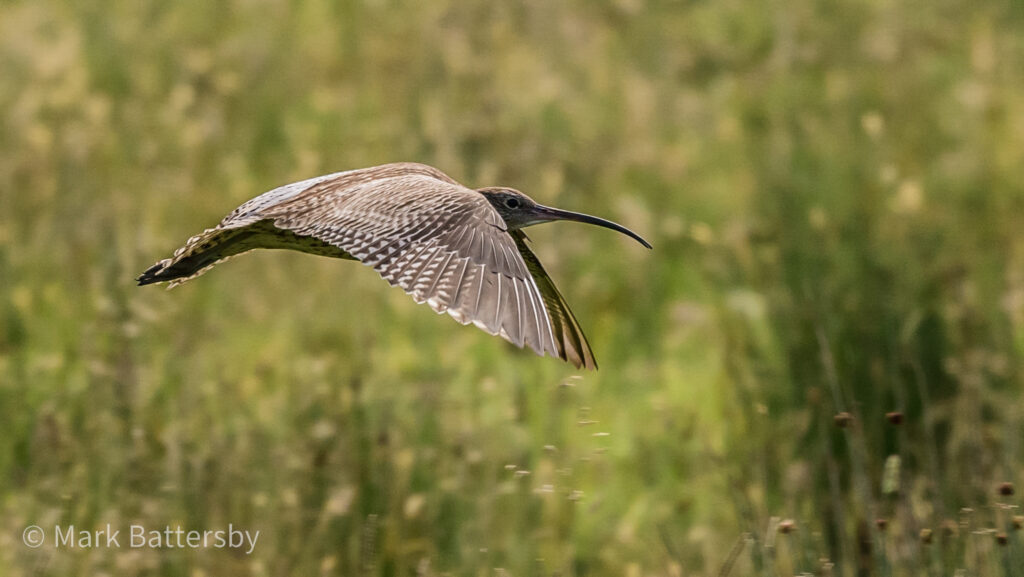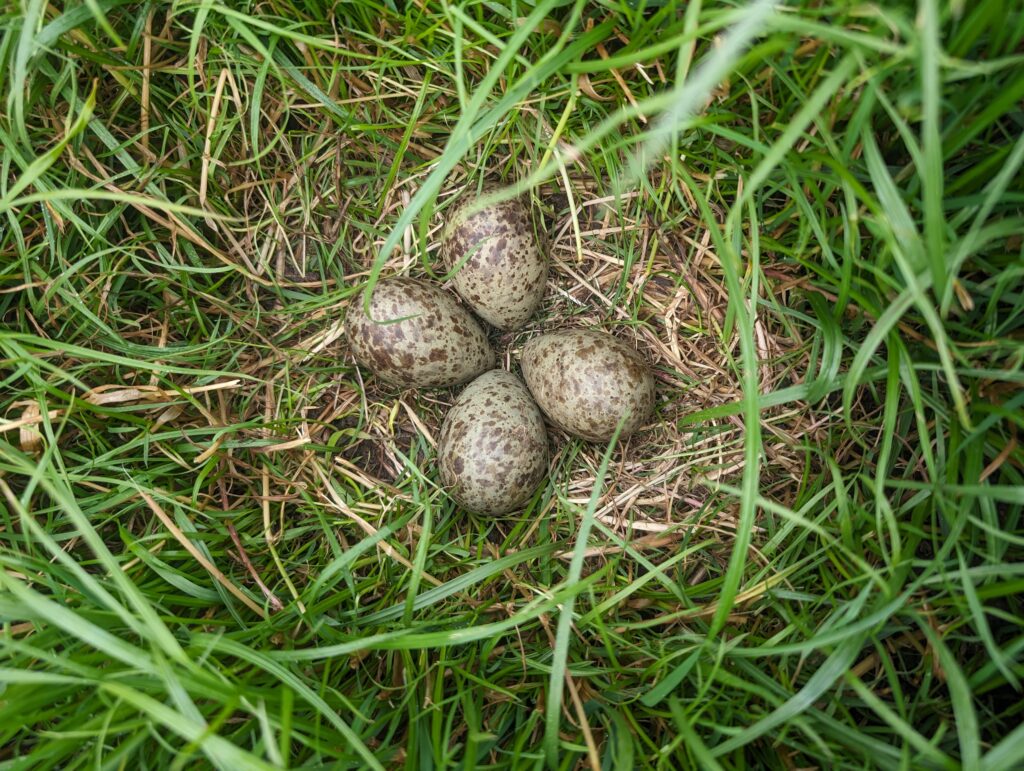Headstarting FAQ


Headstarting may refer to any technique used by conservationists to boost populations of an endangered species by raising young animals artificially before releasing them back into the wild. In the case of birds, reptiles and amphibians this is usually done by taking eggs from the wild, incubating them and raising the hatchlings to independence in a protected place prior to release. These techniques are used when adult survival of a species is high, but low breeding productivity is driving population declines due to poor rates of nesting success and juvenile survival (and subsequent recruitment as a breeding adult). Re-introduction is a similar initiative where species are re-introduced to areas from which they have been lost.
What is headstarting?
Why headstart curlews?
Curlew in Britain and Europe are in sharp decline, mainly due to poor breeding productivity because of agricultural intensification in response to human food demand, and other land use change including afforestation driving high levels of predation of nests and chicks. By taking eggs from nests that are extremely exposed to these factors, we can sidestep the vulnerable stages of development for eggs and chicks and raise a considerably higher proportion of eggs to independence.

Do the birds that are released return to the same area?

Curlews tend to exhibit what is called natal philopatry — when animals remain close to the area they came from or return there following migration. For curlews this usually won’t happen until they reach maturity and return to breed, two or three years after hatching in most cases. Satellite tagging of juvenile birds has shown that immature birds can roam widely in this time — one bird from mid-Wales travelled to Norfolk, spending its first winter there before winding its way back around London and eventually ending up back in mid-Wales. Our birds are returning in sufficient numbers to stabillise our existing population, thus achieving our objective of preventing its loss. They are mainly replacing one of a partner of pairs known to us and breeding in our area and the numbers are in line with other curlew headstarting and translocation statistics.
We are still learning more about this as more information becomes available from the colour-ringing project work done by our ornithologists. Headstarting for curlew hasn’t been done for long enough or on a large enough scale to gain a sufficient sample for robust scientific analysis, so every colour-ring sighting we can get provides enormously valuable data. One unknown is whether the birds return to the place where the egg was laid and is therefore a heritable trait, or if they return to the site they were released, which would suggest learned behaviour from social cues in gregarious migratory flocks as they are highly social birds.

Will headstarting save the curlew from extinction?

On its own, no. But it can kick the proverbial ‘can’ down the road while we try to improve the habitat and introduce essential interventions for their survival all of which are needed to find ways to accommodate breeding curlews on farmland. Managing land beneficially for curlew will deliver multiple environmental benefits such as improved soil and water quality and rich biodiversity. Headstarting is a stop gap solution while we address these more challenging issues, which require time and understanding as policy change is needed.
It may be prudent to continue to use headstarting in the future where curlews breed in intensive silage, to save those eggs from near-certain predation or accidental destruction, and to release the fledglings in a less hazardous location. Birds nesting in more favourable habitat would benefit from temporary nest fencing and targeted predator control, but these are expensive and time-consuming interventions which would need to be provisioned for through agri-environment schemes (AES) which work across the landscape.
Landscape-scale habitat restoration is needed in the long-term to create opportunities for curlew and to address the over-abundance of generalist mesopredators that hamper breeding success. Tree planting is of course important to build a sustainable future for Britain, but it needs to be targeted away from wader-sensitive areas and with the intention of expanding and improving existing woodland of at least moderate ecological value.
How does headstarting work?
The first thing needed to headstart curlews is a pair of breeding curlews, as these very wild and secretive birds would not breed in captivity, so all eggs come from nests found in the wild. Next, someone is needed with the ability to find the nest, often an experienced ornithologist, although people do find them incidentally on occasion. This can be tricky, and success often depends on a deep understanding of curlew behaviour as well as a subtle approach, since the birds are wily and adept at misleading would-be predators away from the nest. Once the nest has been found, the ornithologist will inspect the contents of the nest, counting the eggs, checking for any damage and whether the eggs are warm or cold, so that they can make a decision about collection. A warm clutch of eggs indicates that incubation has been started and the eggs must be transferred to a warm incubator immediately in the field. If the eggs are cold, then they can be recovered and transported carefully to an incubation facility. Only an ornithologist licenced by Natural England is permitted to remove wild bird eggs for headstarting.

Incubation
Once the eggs have arrived at the incubation facility they are carefully placed into incubators, which are temperature and humidity-controlled to provide a stable environment for the developing eggs. The eggs are slowly rotated in their incubators to achieve even heating. Watch our video on incubation to learn more about the process, including how we check eggs for damage and development.
Chick Rearing
When the chicks have hatched they will have a few days indoors to dry off under a ‘brooder’ (heat lamp). They are provided with food and water, and remain indoors until they are 5-6 days old. At this point they are transferred to an outdoor rearing pen, where they will spend the next few weeks.
The outdoor pens are situated in species-rich grassland, to provide plenty of opportunities to practice foraging for insects. The sound of their bills snapping at moths and beetles is clearly audible. Food is supplemented with pellets and fresh water for drinking and bathing is provided regularly. Chicks of a similar developmental stage will be kept together in cohorts of 4-5, which are given a hutch with heat lamp to shelter and keep warm in at night. Check out our video of the Curlew Country Class of 2022 to witness the wonder.
Release as full-fledged juveniles
As the weeks go on, the chicks start to develop their flight feathers and begin to make short, jumping ‘helicopter’ flights around the pens. The well-feathered juveniles are released at around 10 weeks, but this will depend on the development and health of individual chicks. The ideal scenario is a ‘soft release’ where the sides of the pen are lifted off and the chicks can walk out into the surrounding countryside. Other factors such as local harvesting times need to be considered to avoid releasing the chicks into an unforgiving environment. The presence of pre-migratory flocks of wild curlew is an advantage as they will begin to socialise early and potentially help released birds find their way to the coast. Watch the video to see a cohort of young curlews being released.
